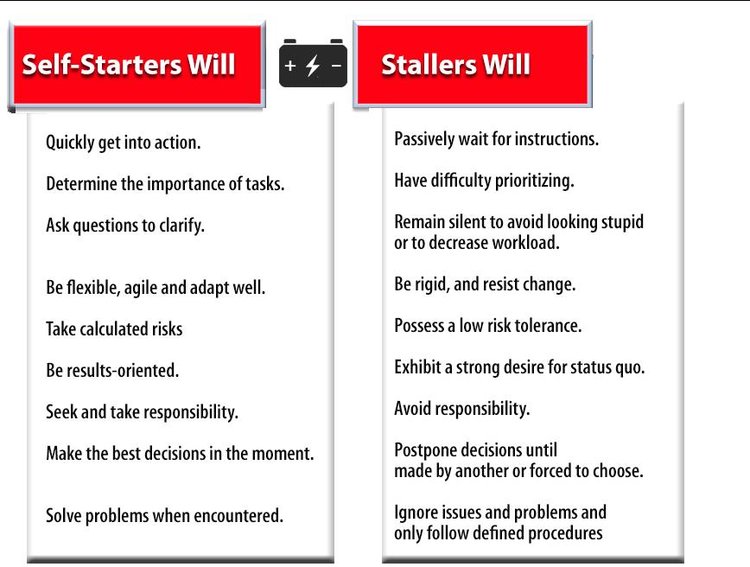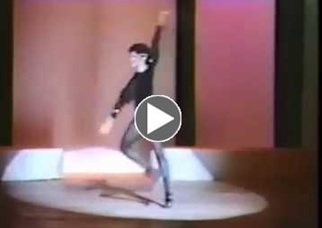My recent speaking engagement in New York City brought back memories. At 18 I faced a major decision: do I stay in NYC to pursue a dancing and acting career or attend college? After years of training and performing with a dance company, I wanted my decision to be right and stalled until the last minute. My parents allowed me the opportunity and time to think and consider. Thankfully, they didn’t cancel the dorm deposit. A week before college started, I made my decision, flew home for two days to pack and started the fall semester.
Just for fun – and for YOU my friends ONLY – here’s a video from the Byars family vault showing how much I liked to tap dance (circa 1980 something).
This rare footage is very humbling and reminds me not to quit my day job. Admit it. Aren’t you glad we didn’t have video on our phones to capture everything we did in high school?!
There are times it makes sense to stall or wait to weigh your options, especially with big decisions. However, some people avoid action all the time. These stallers shirk their responsibilities and create more work for others. They wait for others to take responsibility.
You’ll know you are working with a staller if you hear him/her say:
“It isn’t my job.”
“No one told me to do it.”
“I didn’t know it was important.”
“I wondered about that, but I didn’t know if I should act.”
Stallers are close-minded. They refuse new ideas, don’t work well in a team and confuse issues by complicating things. They avoid responsibility and ignore problems. Recently, I was interviewed for an article in Fast Company about a type of staller the writer calls a Drama King or Queen. These prima donnas would rather seek negative attention than positively contribute to their workplaces.
In the survey research of over 800 people conducted for my upcoming book, The Manager’s High-Performance Handbook: How to Drive Winning Performance with Everyone on Your Team (to be released NEXT MONTH!!), the word “self-starter” is one of the top ten phrases used to describe a high-performer. Self-starters don’t stall. Instead, they determine what is important, ask the necessary questions and quickly get into action.

According to survey respondents, the most effective ways to get people and teams to work successfully toward a common goal are (in order of popularity):
Clear directions and people are held accountable.
Communication of strategy from leadership.
High level of trust.
Understanding everyone’s role.
Providing clear directions and holding people accountable to their commitments drives results. Communicating strategy can move your stallers into the self-starter category. When team members trust each other’s word and capabilities, they start problem solving and contributing to the organization’s success. When people understand everyone’s roles including their own, they are less likely to shirk their responsibilities.
Journey On!
P.S. While my NYC uncle, aunt and cousins made successful livings as professional musicians and performers, college and law school were better choices to prepare for the writing and presenting I do now. However, I have no regrets about this “leg” of my journey. The skills come in handy when I have to “tap dance” my way out of a particularly tough presentation or situation.
About Linda: A recognized authority on negotiations, workplace issues and strategic communication, Linda Swindling, JD, CSP is an author, media expert, a “recovering” employment attorney, and a professional speaker. Contact us to book Linda to speak at your event.
